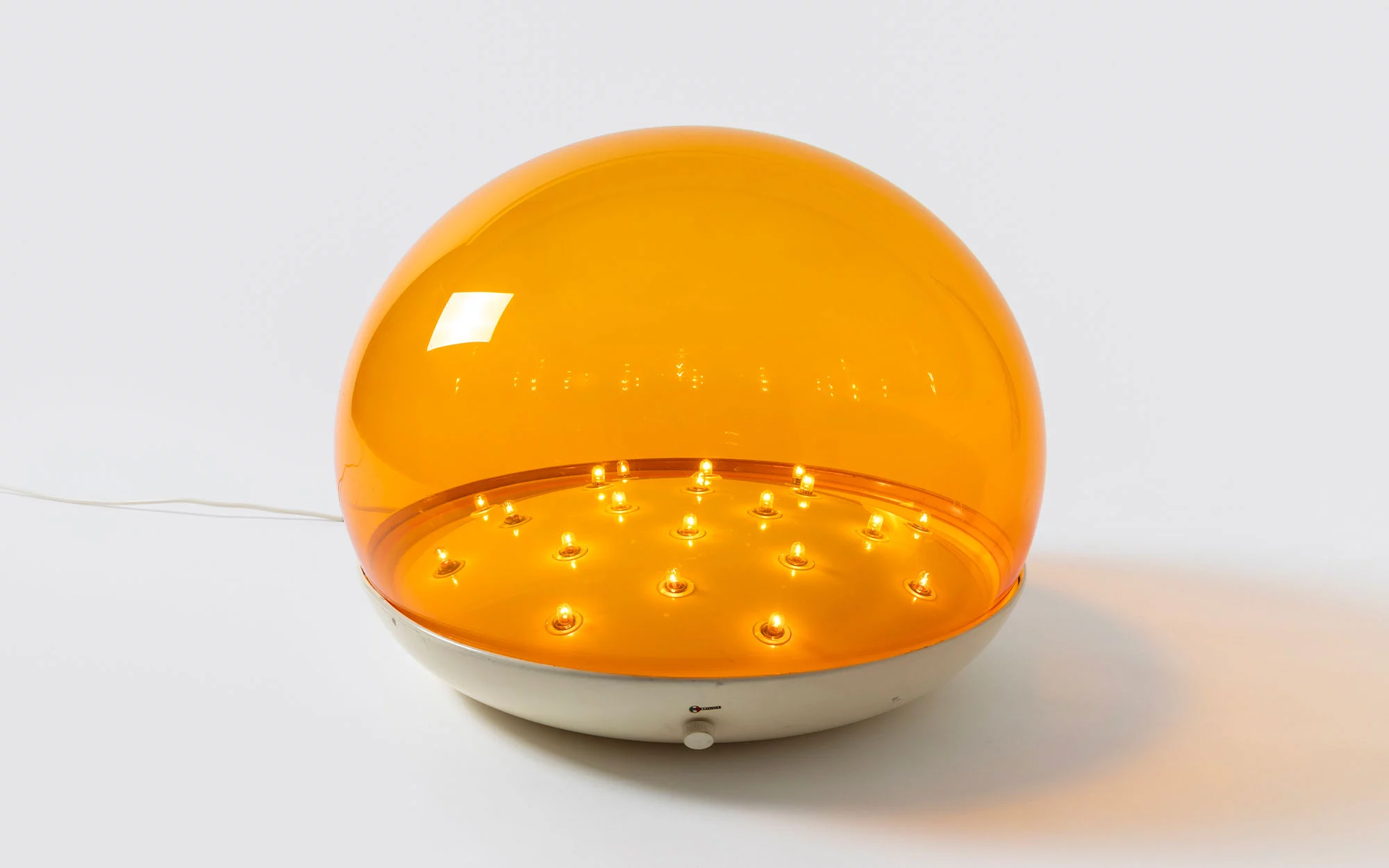History of Taste is a perpetually evolving and reimagined concept where past, present, and future are all intertwined. Discoveries, forgotten memories, disappearances, reassessments, landmarks, and contradictions all take part in its complex elaboration ; and each artist, designer, and creation is consistently compared and appreciated at the mercy of evolving gazes, sitting in the history of their discipline which they simultaneously alter...
History of Taste is a perpetually evolving and reimagined concept where past, present, and future are all intertwined. Discoveries, forgotten memories, disappearances, reassessments, landmarks, and contradictions all take part in its complex elaboration ; and each artist, designer, and creation is consistently compared and appreciated at the mercy of evolving gazes, sitting in the history of their discipline which they simultaneously alter.
As a result, the art and design lover always asks the same questions : this piece that I am confronted with for the first time ; with what other pieces can I compare it with ? How does it fit into my mental puzzle of other pieces that I own or have already seen ? What will I think of it in the future, when its reality would have been buried in technical innovations and successive aesthetic inventions ? What power will it behold for my contemporaries ? What does it say of our time ?
“signs of time” acts like an exhibition of meetings — a venture so often pursued by Galerie kreo — and moreover represents the joint response of Didier Krzentowski and Jérôme de Noirmont to the questions asked above. In the form of a rebus, the show juxtaposes emblematic pieces by designers who have been a part of Galerie kreo for many years, and others who have recently joined the gallery, with works by contemporary artists chosen by Jérôme de Noirmont, including a substantial number of pieces by A.R. Penck, a central figure within the German arts scene. The exhibition’s geographical and conceptual horizon is further expanded with the addition of some of Azzedine Alaia’s soft “ archisculptures ” and Jean-Christophe Charbonnier Collection’s war masks from Japan’s 18th-century Edo period. Each unique piece has been carefully curated into an ensemble that acts on various aesthetic, chromatic, conceptual, and playful levels. The works reflect each of our times, acting symbolically as the archaeology of contemporary creation.
Bringing together works created between the beginning of the 1980s (for some of A.R Penck’s paintings) and the beginning of 2015, “signs of time” proposes a journey through contemporary art and design thanks to the dedication of the two collectors, who have been friends for more than twenty years. When Didier et Clémence Krzentowski founded their gallery in 1999, Jérôme de Noirmont was one of their first followers, convinced of the strength of their project. Sixteen years of activity and the pieces reunited show testimony to the strength he saw. Symbolic of the practice of fourteen designers from different generations and nationalities, these works act as condensed examples of their practices : in their technical research (Cellae by François Bauchet, Strap by David Dubois, Monroe by Konstantin Grcic, Swatch by Hella Jongerius), their evocative power (Hanging Light by Brynjar Sigurðarson, Game on by Jaime Hayon, Frozen Square Hogweed Table from Studio Wieki Somers), their stylistic synthesis (Roches by Ronan and Erwan Bouroullec, Carrara Tables by Jasper Morrison), their resolute singularity (Ignotus Nomen by Pierre Charpin, Janne Cowbench by Julia Lohmann) and their iconic status. Several of the pieces, notably the legendary light fixture by Gino Sarfatti and the three chairs : Embryo by Marc Newson (1988), Proust Poltrona by Alessandro Mendini (1990) and the Stool by Andrea Branzi (2007) are landmarks in the history of design.
Surrounding these pieces, several iconic works by A.R. Penck create a forest of instantly recognisable inscriptions all over. Penck’s stylistic self-evidence is further complemented by a constant effort to achieve precision and to go on innovating. The creations of Fabrice Hyber and the American duo McDermott and McGough similarly display this dual quality: that of bringing one’s own style and pairing it with formal inventiveness. “ I always imagine my own work to be like a visual search. The most important experience : the contemplation of the piece by the viewer ” explained A.R.Penck, emphasising his desire to create a direct dialogue with the the viewer thanks to an expressive and universal iconography, a familiar vocabulary that is paired down and graphic. In a word, manifestly his vision materialised in three dimensions. This visual expression, a marker of timelessness for creation has also spread to the entire ensemble of pieces included in “signs of time”, a new chapter of the eternal history of taste, a chapter that has been deliberately formed thanks to the subjectivity and freedom of two serial collectors and all of their ensuing viewers.
–
Clément Dirié














